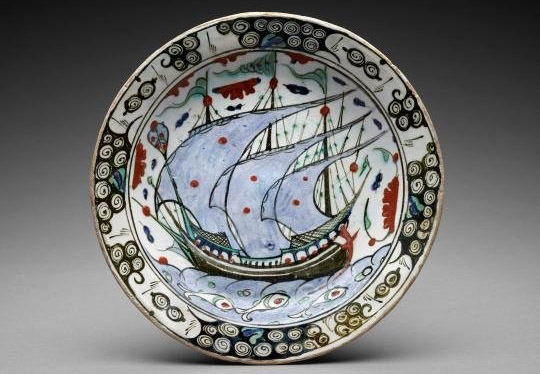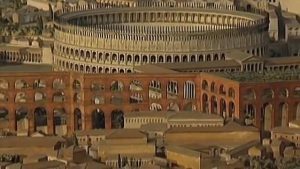Turkish Ottoman and Islamic art is one of the most important part of the culture of Turkey which are still produced in many areas of the country. Some of the best examples of Turkish and Islamic art; ebru, illumination and gilding, calligraphy, miniature.
TURKISH ISLAMIC ART
The art of Turkey was largely influenced by Islam, which encourages the use of patterns and designs rather than figurative works.
Most Turkish art serves a religious purpose calligraphy is found in hand-written Qurans, miniatures were stylized to draw focus from worldly beings and hint at Allah, and Byzantine architecture influenced the central dome style of mosque introduced during the Ottoman Empire.
ILLUMINATION AND GILDING
Known as Tezhip in Turkish, this is an old decorative art. The word Tezhip means turning gold. Tezhip can be done with paint as well as with gold leaf. It was mostly employed in Quran, handwritten books, religious books and on the edges of calligraphic texts.
CALLIGRAPHY
One of the most illustrative examples of this artistic preference is the calligraphy of the Ottoman Empire. Calligraphy of this era is highlighted by the distinctive Diwani script, invented by Housam Roumi and developed during the 16th and 17th centuries. The style is characterized by the complexity of the lines of the letters and the close juxtaposition of the letters within each word.
MINIATURE
Miniature painting was developed during the Ottoman Empire. Based on the Persian miniature style, as well as the illuminations and painting of the Byzantine Empire, the Ottoman miniature was frequently used to illustrate manuscripts.
ART OF MARBLING
Ebru, the art of marbling on paper is a traditional decorative form employing special methods.
Although it is not known when and in which country the art of marbling was born, there is no doubt that it is a decorative art peculiar to Eastern countries, especially to Turkey. In the West, ebru is known as Turkish paper.




